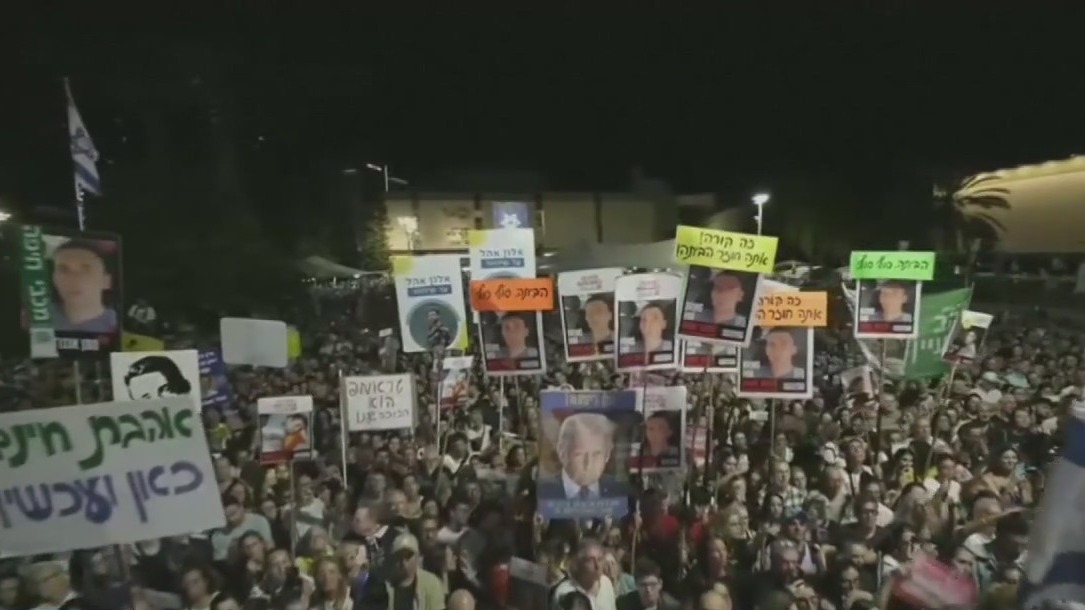
Israel-Gaza Ceasefire Brings Hope: Hostage Release Expected Soon, Palestinians Return to Ruins in Northern Gaza
A new ceasefire agreement between Israel and Hamas has raised cautious optimism across the region. Dozens of Israeli hostages are expected to be freed within days, while thousands of displaced Palestinians are making their way back to the devastated northern Gaza Strip, confronting widespread destruction and humanitarian challenges.
Hostage Release Imminent
According to officials, Hamas will begin releasing 48 Israeli hostages in coordination with the International Committee of the Red Cross, with the first group expected to be freed on Monday morning. Israeli authorities have confirmed that around 20 of the hostages are believed to be alive, while the remains of others will also be returned as part of the deal.
The exchange comes under a U.S.-brokered ceasefire, which also includes the release of nearly 2,000 Palestinian detainees from Israeli prisons. However, several high-profile prisoners, including political leader Marwan Barghouti, are excluded from the agreement.
“This deal is a step toward relief for hundreds of families, but also a reminder of the immense suffering that both sides have endured,” said a spokesperson from the Israeli Prime Minister’s Office.
Families of the captives have gathered in Tel Aviv’s Hostages Square, lighting candles and holding signs reading “Bring Them Home” as they await news of their loved ones.
Palestinians Return to a War-Ravaged North
As the ceasefire took hold, thousands of Palestinians began returning north, many traveling on foot through destroyed neighborhoods in Gaza City and its outskirts. The scenes were harrowing — flattened homes, rubble-covered streets, and collapsed infrastructure paint a grim picture of the war’s toll.
Humanitarian organizations warn that conditions remain dire, with limited access to food, clean water, and shelter. Many returning families found their homes uninhabitable, forcing them to camp amid ruins or seek shelter in damaged schools and mosques.
“People are coming back to nothing — no homes, no electricity, no water,” said Mahmoud Abu Salem, a Gaza resident returning to the Jabalia area. “But we would rather be in our land than displaced.”
The United Nations Relief and Works Agency (UNRWA) and Red Crescent teams are working to deliver aid, but access remains restricted due to damaged roads and lingering security risks.
A Fragile Calm
Although the ceasefire has largely held, both Israel and Hamas remain wary. Israeli troops have withdrawn from several urban areas, but military patrols continue in parts of central Gaza. Hamas has also resisted foreign oversight of the region’s governance, complicating efforts to establish long-term stability.
U.S. officials have welcomed the truce but warned that any renewed violence could derail the fragile progress toward humanitarian recovery and political negotiations.
“This ceasefire must be the foundation for broader peace efforts,” said a senior U.S. State Department official. “The focus now should be on humanitarian relief and rebuilding Gaza.”
As the world watches closely, the Israel-Gaza ceasefire offers a brief window of relief after months of devastating conflict. For Israeli families awaiting their loved ones and Palestinians returning home to ruins, it’s a moment balanced between hope and heartbreak — and the uncertain promise of what comes next.
Watch video below :











